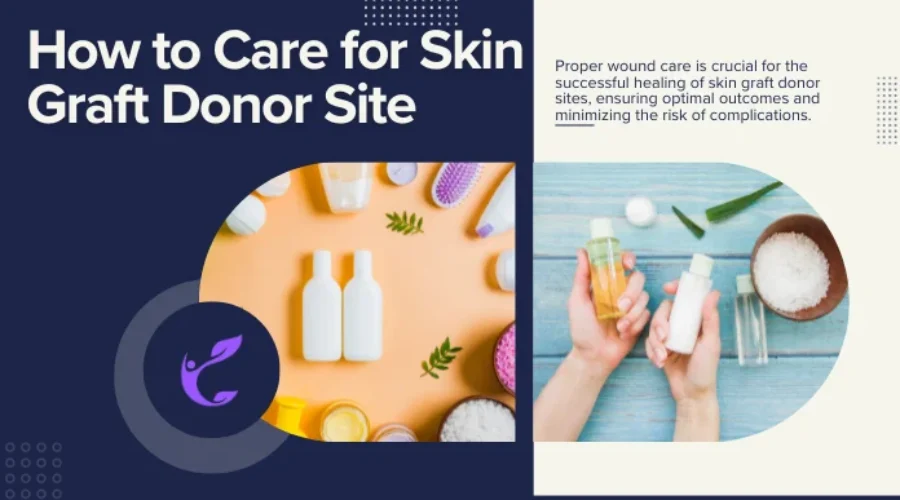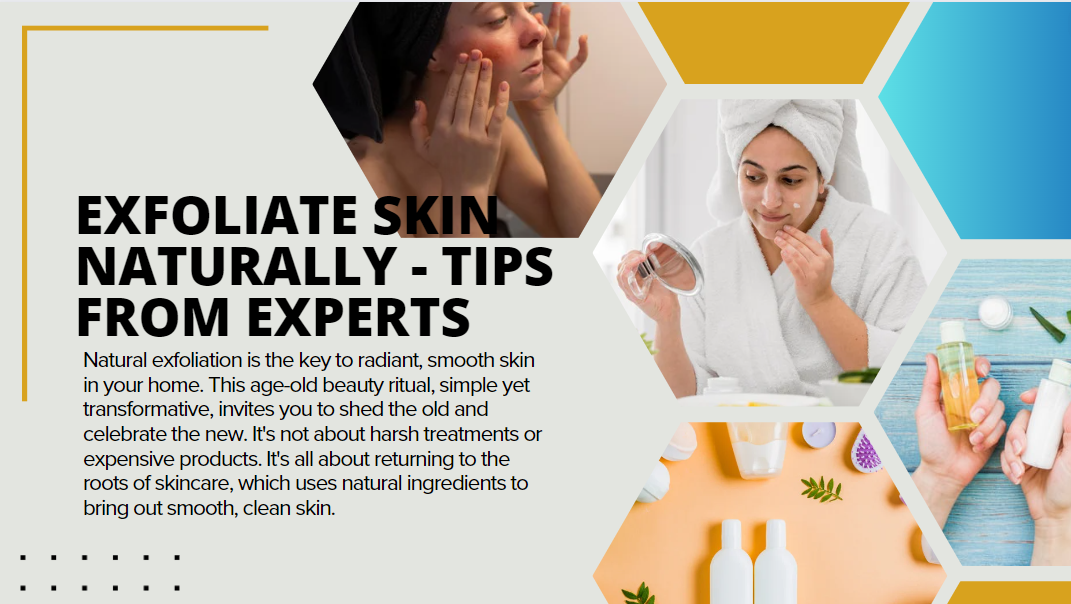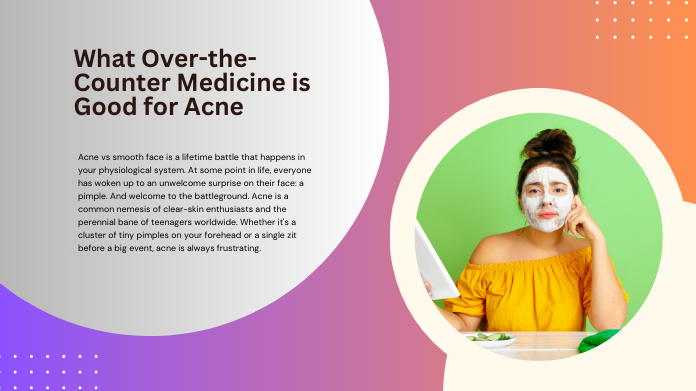How to Care for Skin Graft Donor Site
Proper wound care is crucial for the successful healing of skin graft donor sites, ensuring optimal outcomes and minimizing the risk of complications. In skin grafting, healthy skin is transferred from the donor location to the recipient site, which has damaged or absent skin. The donor site plays a vital role in providing the necessary tissue for this transplantation.
Treatment for severe burns, chronic wounds, and traumatic injuries that cannot heal on their own often involves skin grafts. Skin grafting restores function and appearance. However, donor site care is necessary for recovery and comfort.
In this comprehensive guide, we will discuss the importance of caring for skin graft donor sites along with essential home care tips.
Skin Grafts and Donor Sites
Skin grafts refer to a surgical procedure that involves the transplantation of healthy skin from one area of the body to another. This is a commonly used technique to repair damaged or missing skin caused by burns, injuries, chronic wounds, or surgical procedures.
The donor site refers to the area from which the healthy skin is taken for grafting. The choice of donor site depends on various factors, such as the size and location of the recipient site and the availability of suitable donor skin. Examples of common donor sites include the thighs, buttocks, upper arm, or abdomen.
During a skin graft procedure, the surgeon carefully harvests a thin layer of healthy skin from the donor site. This can be done using different techniques depending on the type of graft being performed. The harvested skin is then meticulously placed over the recipient site and secured in place with sutures or other medical devices.
For example, if someone has a large burn on their forearm, a piece of healthy skin may be taken from their thigh to cover the burn area on their forearm. In this case, the thigh would be the donor site, and the forearm would be the recipient site.
Both the donor site and recipient site require proper care to ensure successful healing and minimize complications. Post-operative wound care is crucial in promoting optimal healing outcomes for both areas.
Importance of Care for Skin Graft Donor Site

The donor site, from which healthy skin is transplanted, requires special attention to ensure optimal recovery and minimize potential complications. Here are some reasons why caring for the donor site is essential:
1. Preventing Infection: Like any surgical wound, the donor site is susceptible to infection. Bacteria and other microorganisms can get in through any break in the skin. To minimize the chances of infection, it is crucial to adhere to effective wound care techniques. This entails maintaining cleanliness in the affected area and utilizing suitable dressings. By following these practices, you can significantly decrease the risk of developing an infection.
2. Promoting Healing: By taking care of the donor site, you are providing a conducive environment for it to heal properly. Proper wound care techniques help maintain a moist yet sterile environment that supports new tissue growth and prevents excessive scarring.
3. Minimizing Pain and Discomfort: Skin grafting procedures involve removing a layer of skin from one part of the body and transplanting it to another area. This creates a wound at the donor site, which can cause pain and discomfort. Regular cleaning, dressing changes, and pain management techniques can help alleviate these symptoms.
4. Preventing Complications: It is important to prioritize proper care for the donor site to avoid potential complications. Neglecting this aspect of your recovery can result in delayed healing, unsatisfactory cosmetic results, hypertrophic scarring, or, in severe cases, graft failure. By adhering to proper wound care protocols recommended by your healthcare provider, you can reduce the risk of these complications.
5. Enhancing Overall Recovery: A well-cared-for donor site contributes to your overall recovery after skin graft surgery. When you make wound care practices a priority, especially for the donor site, you are actively promoting your body’s innate ability to heal itself. This allows for the regeneration of new tissue at both the recipient and donor sites, aiding in the overall healing process.
Home Care Tips for Donor Sites
- Cleanliness: Wash your hands thoroughly with soap and water before touching the donor site. Wash the area gently with mild soap and lukewarm water to keep it clean. Avoid scrubbing or using harsh cleansers, as they can damage the delicate skin.
- Dressing Changes: Follow your healthcare provider’s instructions on how frequently to change dressings. Before changing the dressing, ensure that you have clean hands and a sterile environment. Use sterile gauze pads or non-stick bandages to cover the site, securing it with medical tape or an appropriate adhesive.
- Moisturization: Apply an approved moisturizer or ointment recommended by your healthcare provider to keep the donor site moist. This helps prevent drying out of the wound, which can lead to discomfort and possible scab formation.
- Pain Management: If you experience pain or discomfort at the donor site, follow your healthcare provider’s recommendations for pain management. Over-the-counter pain relievers are sufficient for mild discomfort, but consult your doctor if you require stronger pain medication.
- Protect from Trauma: Take precautions to avoid any trauma or injury to the donor site. Avoid activities that strain or stretch the area excessively during the healing period. Protect it from direct sunlight exposure by wearing loose clothing or using a broad-spectrum sunscreen.
- Follow Activity Restrictions: Your healthcare provider will provide specific guidelines on limiting activities while healing from a skin graft procedure. It is essential to follow these instructions to prevent complications and promote optimal healing.
- Nutritious Diet: Maintain a well-balanced diet rich in vitamins A and C, protein, and other essential nutrients that support wound healing and tissue regeneration.
- Hydration: Drink an adequate amount of water to maintain overall hydration and support skin health.
- Follow-Up Care: Attend all follow-up appointments with your healthcare provider to monitor the healing progress and address any concerns or questions you may have.
Post Bandage Removal Care for Donor Site
After the bandage has been removed from the donor site, proper care is essential to promote healing and prevent infections. Follow these post-bandage removal care tips:
Cleanliness: Wash your hands thoroughly with soap and water before touching the donor site. Use gentle soap and lukewarm water to gently clean the area and remove any leftover glue or dirt.
Pat Dry: Gently pat the donor site dry with a clean, soft towel or allow it to air-dry. Avoid rubbing or applying excessive pressure as it can irritate the delicate skin.
Inspect for Infection: Carefully examine the donor site for any signs of infection, such as redness, swelling, pus, warmth, or increased pain. If you notice any of these symptoms, contact your healthcare provider immediately.
Wound Care: Follow your healthcare provider’s instructions on wound care. Apply an approved antibiotic ointment as recommended to prevent infection and promote healing. Cover the donor site with a sterile gauze pad or a non-stick dressing to protect it from external contaminants.
Avoid Scratching: While the donor site heals, it may feel itchy. However, it is crucial to avoid scratching or picking at the area. Scratching can disrupt healing and increase the risk of infection.
Monitor Drainage: If your healthcare provider has placed a drain near the donor site, carefully monitor its output as instructed. Notify your healthcare provider if you notice any significant changes in drainage color, consistency, or amount.
Manage Stress: High levels of stress can interfere with the healing process. Do things that will help you relax, like deep breathing techniques, meditation, or hobbies that promote relaxation.
Avoid Smoking and Secondhand Smoke: Smoking makes it take longer for wounds to heal and raises the risk of problems like infections or wounds not closing properly. It is crucial to refrain from smoking and avoid exposure to secondhand smoke during this period.
Monitor Temperature Changes: Pay attention to temperature changes around the donor site, especially extreme cold or heat, which can affect blood flow to the area and slow healing.
Follow Instructions for Medication: If prescribed any medications for pain management or prevention of infection at the donor site, ensure that you follow your healthcare provider’s instructions diligently for dosage and duration of use.
Gradually Increase Activity Level: Your healthcare provider will advise you on when it is safe to increase your daily activity level gradually. Follow their guidance to prevent strain or injury to the healing donor site.
Seek Support: If you have any concerns or questions about the care of your donor site, do not hesitate to reach out to your healthcare provider. They can provide the necessary assistance and address any issues that may arise during the healing process.
Donor Site Trouble Signs – When to Call Your Doctor
While most donor sites heal without complications, watch for these trouble signs that may require medical attention:
1. Increasing redness, swelling, or discharge from the donor site.
2. Persistent pain or discomfort that worsens over time.
3. Development of an abscess (pus-filled pocket) at the donor site.
4. Signs of infection such as fever or chills.
Conclusion
Proper care for skin graft donor sites is crucial for successful healing and minimizing complications. By following home care tips, you can contribute to the healing process. Remember to stay vigilant for any signs of trouble and consult your healthcare provider.



